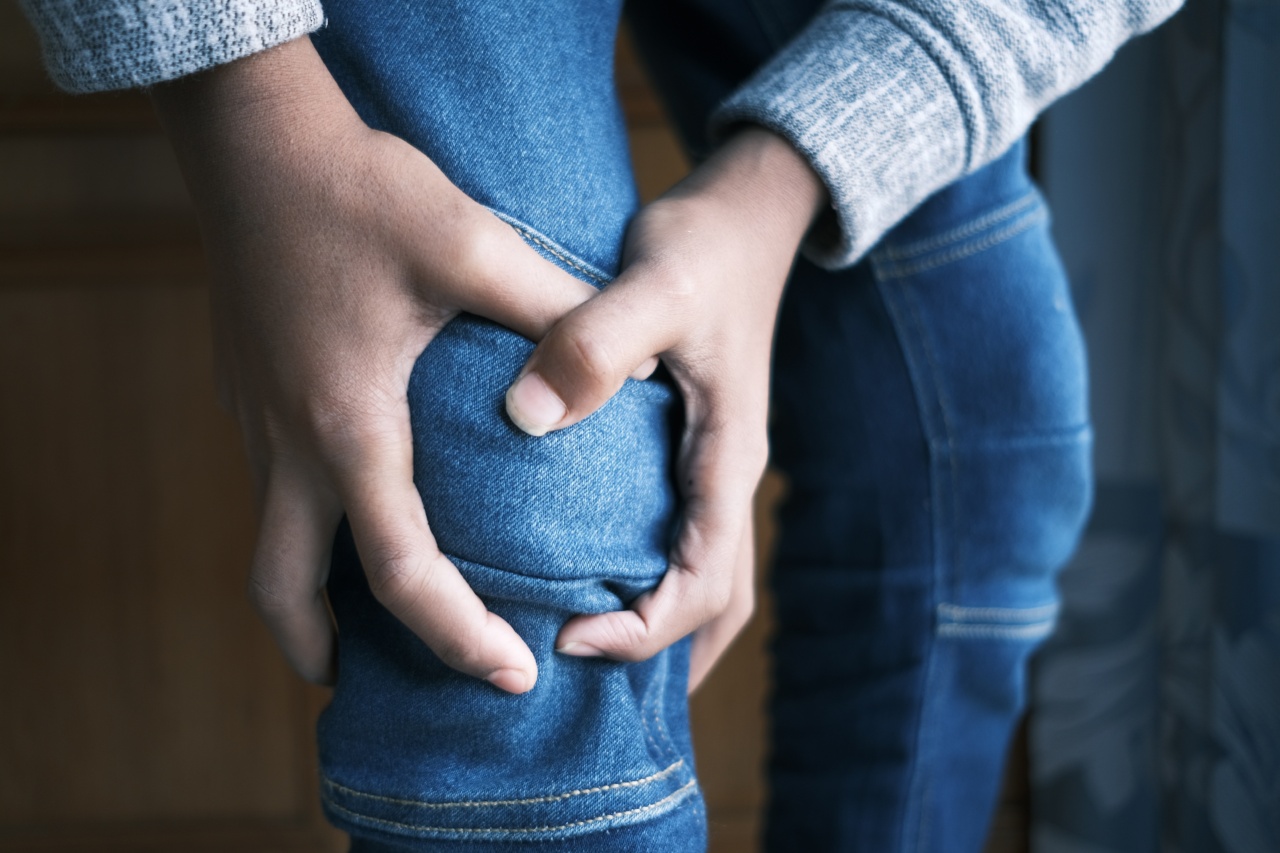Knee pain is a common ailment that affects millions of individuals worldwide. It can be caused by a variety of factors, including injuries, aging, and medical conditions.
Understanding the common causes of knee pain can help identify the underlying issue and determine the most effective treatment.
1. Osteoarthritis
Osteoarthritis is a degenerative condition that affects the joints, including the knee. With age, the cartilage in the knee joint can wear away, resulting in bone-on-bone friction that causes pain, stiffness, and swelling.
Those with a family history of arthritis, a prior knee injury, or a job that requires heavy lifting or repetitive knee motions are at higher risk for developing osteoarthritis.
2. Knee Injuries
Acute knee injuries, such as fractures, ligament tears (like the anterior cruciate ligament or ACL), or meniscus tears (the rubbery disc that cushions the knee joint), can result in sharp and sudden pain.
These types of injuries often occur during sports that involve jumping or sudden pivoting motions, such as soccer or basketball.
3. Patellar Tendinitis
Patellar tendinitis, also known as jumper’s knee, is a condition that affects the tendon that connects the kneecap (patella) to the shinbone.
Overuse of the knee joint, often from sports like basketball, volleyball, or running, can cause inflammation and pain in this tendon.
4. Bursitis
Bursitis is a condition that causes inflammation of the bursae, the fluid-filled sacs that cushion the knee joint. This can result in pain and swelling in the knee.
Bursitis can be caused by repetitive motions, such as kneeling for long periods, or from a direct blow to the knee.
5. Gout
Gout is a type of arthritis that occurs when uric acid accumulates in the blood and forms crystals that deposit in the joints, causing pain and swelling.
While gout most commonly affects the big toe joint, it can also affect the knee joint, causing pain and stiffness.
6. Torn Cartilage
The knee joint has two pieces of cartilage, called menisci, that act as shock absorbers. A tear in one of these cartilage pieces can result in pain, swelling, and stiffness.
Tears can occur from sudden twisting motions or degenerate over time with age or overuse.
7. Osgood-Schlatter Disease
Osgood-Schlatter disease is a condition that primarily affects adolescents who are undergoing growth spurts. It causes a painful lump below the kneecap, where the tendon from the kneecap attaches to the shinbone.
Osgood-Schlatter disease is commonly seen in young athletes, particularly those who participate in sports that involve running, jumping, and bending, such as soccer or gymnastics.
8. Iliotibial Band Syndrome (ITBS)
ITBS is a condition that occurs when the iliotibial band, a thick band of tissue that runs from the hip to the knee, becomes inflamed.
This can cause pain on the outside of the knee that worsens with activity, particularly during activities like running or cycling. ITBS is often caused by overuse or an increase in activity level.
9. Rheumatoid Arthritis
Rheumatoid arthritis is an autoimmune condition that causes inflammation in the joints, including the knees. The joint lining becomes inflamed and damaged, resulting in pain, stiffness, and swelling.
While rheumatoid arthritis can affect individuals of any age, it is more commonly seen in women over the age of 40.
10. Obesity
Excess weight puts added pressure on the knee joint, resulting in pain and discomfort. Obesity also increases the risk of developing osteoarthritis, particularly in the knee joint. Weight loss and exercise can help alleviate knee pain caused by obesity.
Conclusion
Knee pain can be caused by a variety of factors, from injuries to medical conditions.
If you are experiencing knee pain, it is important to speak with your doctor to determine the underlying cause and determine the course of treatment that is right for you.



























